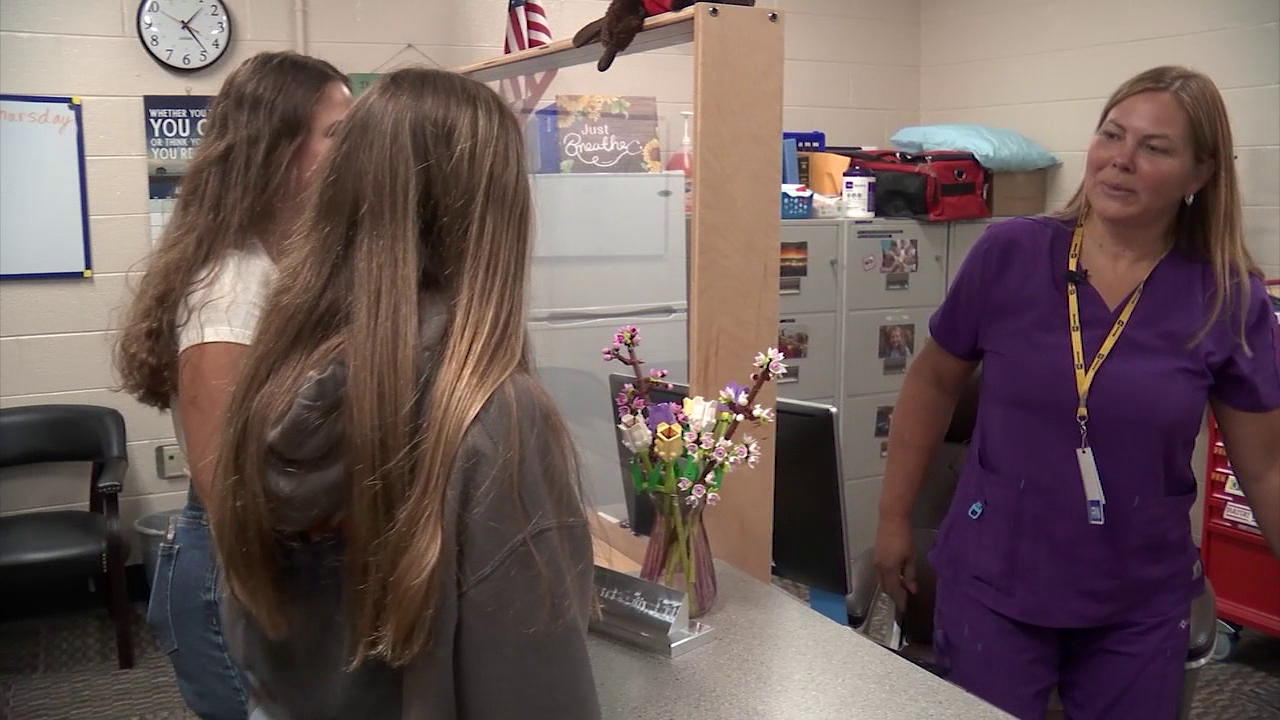
DiYES International School – School nurse shortage has become a significant issue across the United States. Only about two-thirds of public schools currently have full-time nursing staff available. This gap in healthcare support within schools directly impacts student well-being. Students with chronic conditions, such as asthma and diabetes, face increased risks without consistent medical supervision during school hours. The shortage is caused by multiple factors, including retirements and competition from more lucrative healthcare jobs. As a result, schools struggle to provide adequate medical care, which is vital for student safety and academic success.
Several reasons contribute to the critical shortage of school nurses in the U.S. One major cause is the wave of retirements among experienced nurses. Many veteran school nurses are leaving the workforce, creating vacancies that remain unfilled. At the same time, healthcare sectors outside education offer higher salaries and more attractive benefits. This competition draws nurses away from school settings. Additionally, the increased complexity of student health needs requires specialized skills and training. Schools often find it challenging to recruit qualified nurses who can handle chronic illnesses, allergies, and emergency situations effectively. The shortage affects students with chronic health issues the most. Conditions like asthma and diabetes require daily monitoring and occasional intervention to prevent emergencies. Without a nurse present, students risk missing doses of medication, experiencing untreated symptoms, or facing delays in emergency response. This situation leads to higher absenteeism and reduced academic performance. Parents and educators express growing concerns about student safety and well-being due to this lack of professional medical care in schools.
“Read about: Fatty Liver Disease Surges Among Indian Children: Doctors Raise Red Flags”
School nurses play a crucial role in managing the health of students throughout the school day. They administer medications, conduct health screenings, and provide immediate care for injuries or sudden illnesses. Beyond these tasks, nurses educate students and staff about health conditions and promote preventive measures. They also serve as liaisons between families, healthcare providers, and schools to coordinate comprehensive care plans. However, the school nurse shortage has made it difficult for many schools to maintain consistent nursing support. Students with chronic conditions especially benefit from a nurse’s presence. Nurses help monitor blood sugar levels in diabetic children and ensure that students with asthma have access to inhalers and emergency action plans. They identify early signs of complications and act quickly to mitigate health crises. Moreover, school nurses contribute to creating a safe and inclusive environment for students with special health needs. Their expertise reduces the stigma associated with chronic illnesses and supports students’ participation in all school activities.
Schools face multiple challenges in recruiting and retaining school nurses. Budget constraints limit their ability to offer competitive salaries and benefits compared to hospitals and clinics. Many districts rely on part-time or shared nursing staff, reducing the availability of care during school hours. The workload for existing nurses has increased, leading to burnout and job dissatisfaction. Furthermore, the demand for school nurses has grown due to rising chronic disease rates and complex health issues among children. Mental health concerns and behavioral health needs add to the responsibilities of school nurses. These expanding duties require more training and resources, which are often lacking in school systems. In some rural and underserved areas, access to qualified nurses is even more limited, exacerbating health disparities among students. Despite these obstacles, some schools and communities have implemented innovative solutions. Partnerships with local healthcare organizations and telehealth services provide additional support for student health needs. Grants and advocacy efforts aim to increase funding for school nursing programs. Still, much work remains to ensure every student has access to timely and professional medical care while at school.
“Read more: Garage Makeover on a Budget: Top Picks Under $30”
Addressing the school nurse shortage requires a multifaceted approach involving policy changes, increased funding, and community engagement. Policymakers can support initiatives that enhance the recruitment and retention of school nurses by offering loan forgiveness, scholarships, and competitive compensation packages. Investing in nurse training programs focused on school health can prepare more professionals for this specialized role. Schools must prioritize health services as integral to student success. Allocating sufficient resources to hire full-time nurses and provide ongoing professional development is essential. Expanding the use of technology, such as electronic health records and telehealth consultations, can improve efficiency and access to care. Collaboration among educators, healthcare providers, and families ensures coordinated support for students with chronic conditions. Raising public awareness about the importance of school nurses can generate community support and advocacy. Parents and educators play a vital role in emphasizing the link between health and academic achievement. By working together, stakeholders can promote safer, healthier school environments where all students thrive.